High-efficiency lighting and look development
KATANA®'s highly efficient, collaborative approach to lighting and look development gives you the creative scope and scalability to meet the needs of today’s most demanding CG-rendering projects.
Equally suited to both short and long-form animation and VFX projects, KATANA’s unique design lets you work with massive scenes and high volumes of shots; easily reuse looks; and make revisions without repeating scene setup work, so you can spend more time achieving higher quality results.
Collaboration and reuse are at the heart of KATANA®’s look development and lighting time-saving efficiencies. Using the node graph, artists work by defining a series of ordered steps, similar to a recipe. These recipes can be shared with other team members, or reused for other parts of the project.
You can also share or reuse just parts of node graphs using Live Groups which are saved as files to disk; you can manage versions of these groups, and publish changes to them from wherever they are used.
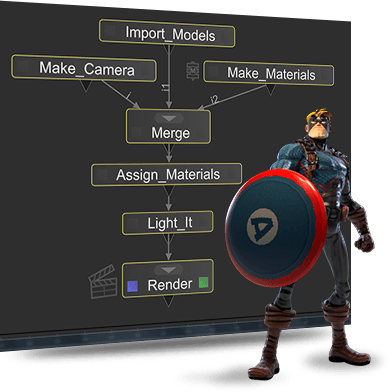
One of the biggest problems many artists face is a loss of productivity due to wait times: waiting for files to load, waiting for scenes to render. KATANA is designed to tackle this problem head on, and the result is a solution that is faster than almost any 3D application.
Project files load in a flash, so you can make changes right away; the processing of each part of the scene is deferred until you need to access it, so the UI remains responsive.
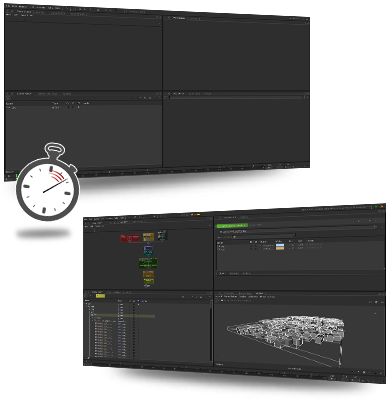
Whether you’re working on a single shot or an entire sequence, KATANA’s lighting production toolset will make sure you finish faster.
You can manage light creation, light linking, constraints and light filters from a one-stop control panel; create large sets of lights and control their intensity, color and other parameters from a single item; and build up hierarchical, inheritance-based sequence lighting. Everything is designed to save you time.
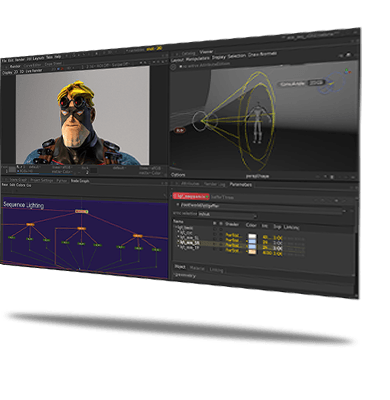
KATANA’s look development toolset is designed to support your company-wide pipeline requirements, while at the same time letting individual artists work creatively.
Material nodes store parameters for the surface, displacement or light shaders from each render plug-in. For more rich and complex looks, network materials let you combine textures, procedurals and shaders by connecting multiple shading nodes. If required, each node can be connected to multiple render plug-in shaders at the same time, making it much easier to support a multi-renderer pipeline project.
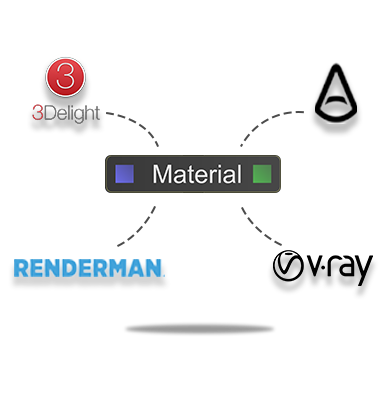
With lighting sitting at the end of the 3D pipeline, KATANA acts as the supplier of all the necessary data to the renderer; this requires a lot of scene management, for which KATANA is robustly equipped.
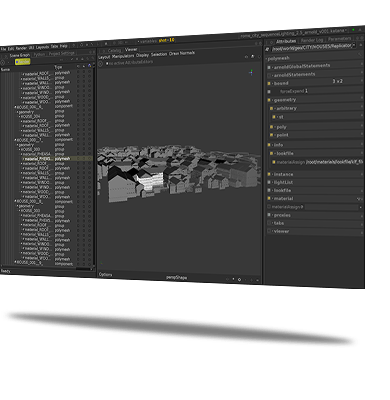
KATANA is built to be a team player; to TDs and developers, it represents a Swiss army knife for the lighting and rendering pipeline.
Finally, industry-standard OpenColorIO (OCIO) color management runs through all image-related operations in KATANA.
